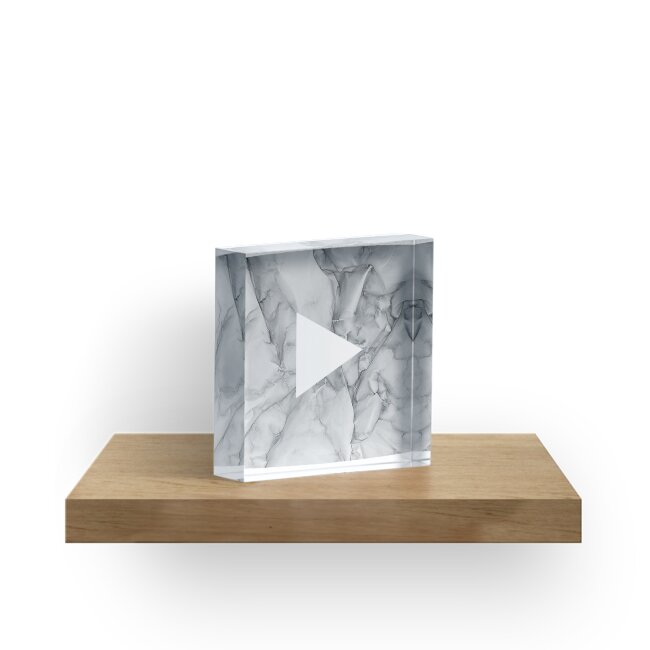

“I think of them almost like 12th-century Gothic master masons.” “They were architects in the sense of a master architect from a thousand years ago,” Ochsendorf said. They were “a bit of everything,” working as architects, structural engineers, building contractors, masons, and even at times interior decorators. “What would happen is that the main architects would draw the bigger drawings”-overall schematics, floor plans, and building elevations-“but they would leave the details for the Guastavinos,” explained Ochsendorf.

In all, Guastavino’s laminated tiles adorn more than 1,000 structures across the country, hundreds of them in New York City.Īlthough the Guastavinos weren’t usually the architects of record on a given project, they were much more than contractors. (For what it’s worth, Guastavino called the method “cohesive construction” and wrote a whole book about it.) In addition to being aesthetically pleasing, Guastavino’s tiles were fireproof, a particularly appealing feature in the era before modern sprinkler systems. It allows for soaring, impossibly curved ceilings thought unworkable before the elder Guastavino - a contemporary of Antoni Gaudí - introduced the method to gobsmacked American audiences at the 1876 Philadelphia Centennial Exposition. Known then as “Catalan vaulting”-and, tellingly, today as “Guastavino vaulting”- the technique involves the construction of self-supporting arches with interlocking terracotta tiles and thin layers of mortar. The Guastavinos, who immigrated to the United States from Barcelona in 1881, brought with them a peculiar construction style inspired by vaulting first developed by Islamic architects and builders in North Africa and later introduced to Spain in the 12th or 13th century. “That’s just extraordinary, to have that kind of continuity in a dynamic city like New York”


But more accurately, it’s a reflection of the mastery of Rafael Guastavino and his son, Rafael Guastavino Jr., whose gravity-defying vaulting technique thrilled builders of the City Beautiful movement, an era defined by the notion that train stations and bridges could be grand works of art with more than just utilitarian value. The Grand Central Oyster Bar was always an oyster bar, he said, a key aspect of the terminal’s design conceived originally by its architects at the firm Warren and Wetmore. “That’s just extraordinary, to have that kind of continuity in a dynamic city like New York,” said John Ochsendorf, a professor of architecture at MIT and an expert on the unique style of tiling on display at Grand Central. More than a century after well-heeled Edwardian diners first slurped oyster pan roasts under its tiled arches, the subterranean bivalve-ery is set to receive the Design Icon Award at this year’s James Beard Awards on May 1. It’s only fitting that peckish comers get the same treatment downstairs at Grand Central Oyster Bar. A closer look at the aesthetic appeal of Grand Central Oyster Bar, cited as this year’s Design Icon Award recipient at the James Beard Awards next week.įor the uninitiated, a sense of New York City’s grandeur and scale first arrives with the trains at Grand Central Terminal, where a soaring ceiling in the main concourse - itself a map of the heavens - can draw gasps from even the steeliest of locals.


 0 kommentar(er)
0 kommentar(er)
